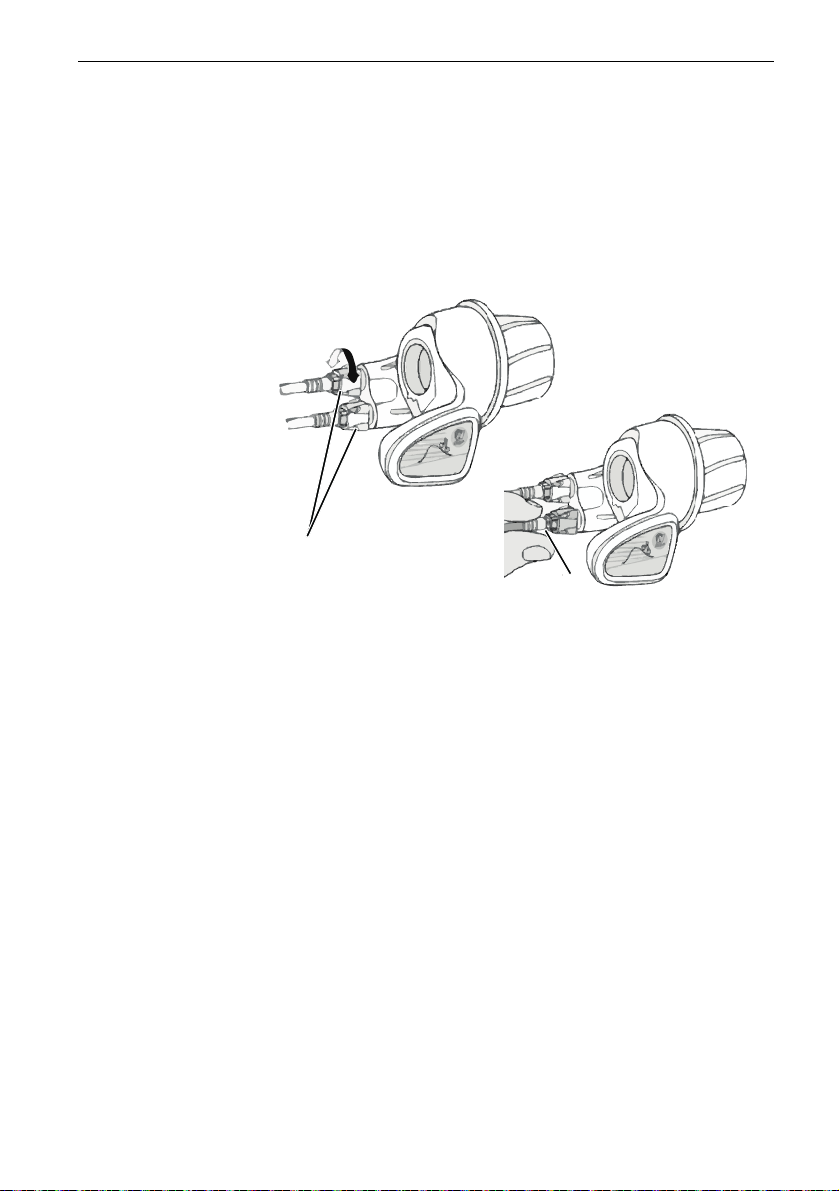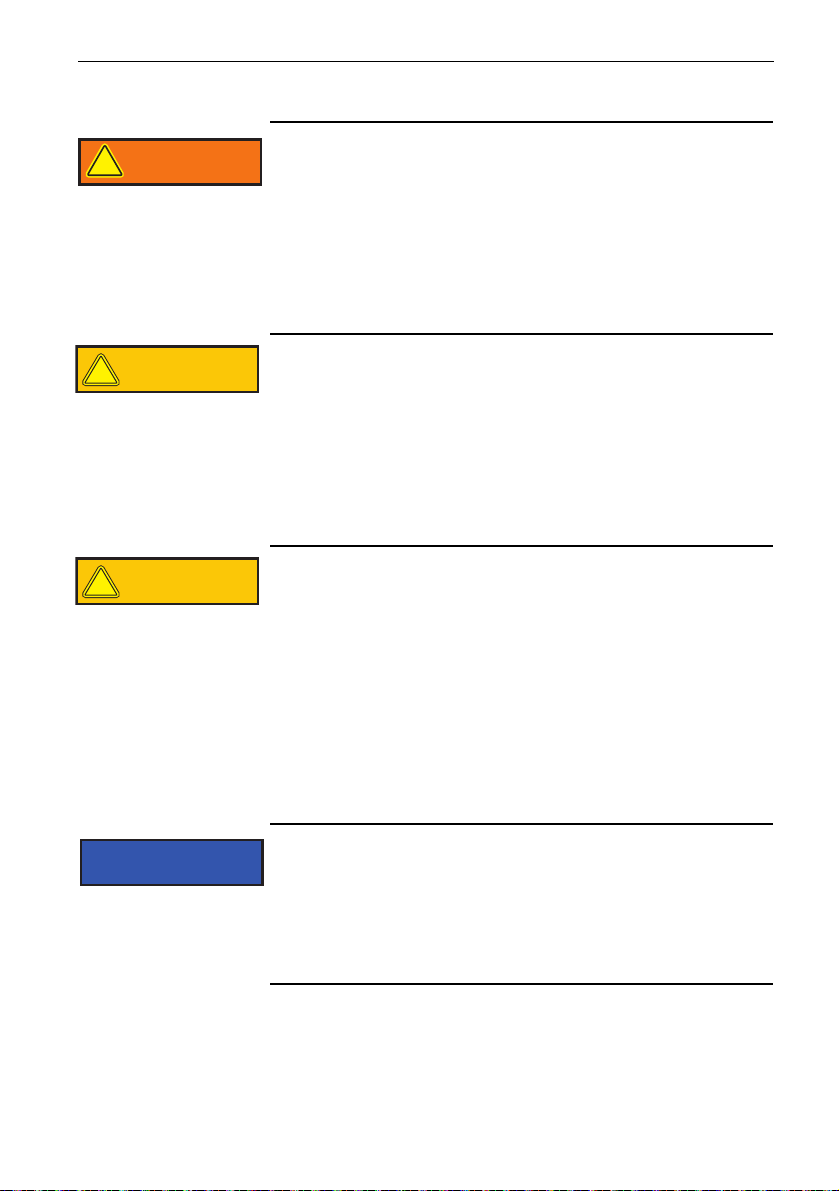OPERATING INSTRUCTIONS EN
Bicycles 2019
19-02, 19-03-4001, 19-03-4002, 19-03-4003, 19-03-4004, 19-04, 19-04-0001, 19-04-0002, 19-04-0003,
19-04-0008, 19-04-0009, 19-04-0015, 19-04-0018, 19-04-0020, 19-04-0025, 19-04-0031, 19-04-0032,
19-04-0037, 19-04-0038, 19-04-0043, 19-04-0049, 19-04-0055, 19-04-0063, 19-04-0064, 19-04-3001,
19-04-3002, 19-04-3003, 19-04-3007, 19-04-3008, 19-04-3009, 19-04-3014, 19-04-3017, 19-04-3019,
19-04-3020, 19-04-3021, 19-04-3035, 19-04-3037, 19-04-3064, 19-04-3065, 19-04-3068, 19-04-3069,
19-04-3072, 19-04-3073, 19-04-3076, 19-04-3077, 19-04-3081, 19-04-3088, 19-04-3089, 19-04-3093,
19-04-3095, 19-04-3097, 19-04-3099, 19-04-3101, 19-04-3107, 19-04-3108, 19-04-3111, 19-04-3112,
19-04-3115, 19-04-3116, 19-04-3119, 19-04-3121, 19-04-3124, 19-04-3125, 19-04-3126, 19-04-3127,
19-04-3128, 19-04-3129, 19-04-3145, 19-04-3147, 19-04-3149, 19-04-3160, 19-04-3162, 19-04-3164
MY19-P073 • 1.0 • 9 November 2018
Avanti, Avanti Sport, Bici Italia, Comfort SL, Corona SL,
Estremo, Macaron Belt, Opero SL, Passion, Piazza, Premio SL,
Premio SL Belt, Premio SL Disc, Premio SL HS-I, Premio SL
HS-i Sport, Premio SL Sport, Premio Superlite, Premio Ultralite,
Servicebike ISP, Solero Classico, Solero SL, Solero SL Disc,
Solero SL Sport, Solero Superlite, Strong SL, Tecaro SL,
Tecaro SL Disc, Tourina, Urbano SL
IMPORTANT
READ CAREFULLY BEFORE USE
KEEP SAFE FOR LATER REFERENCE




















































































































